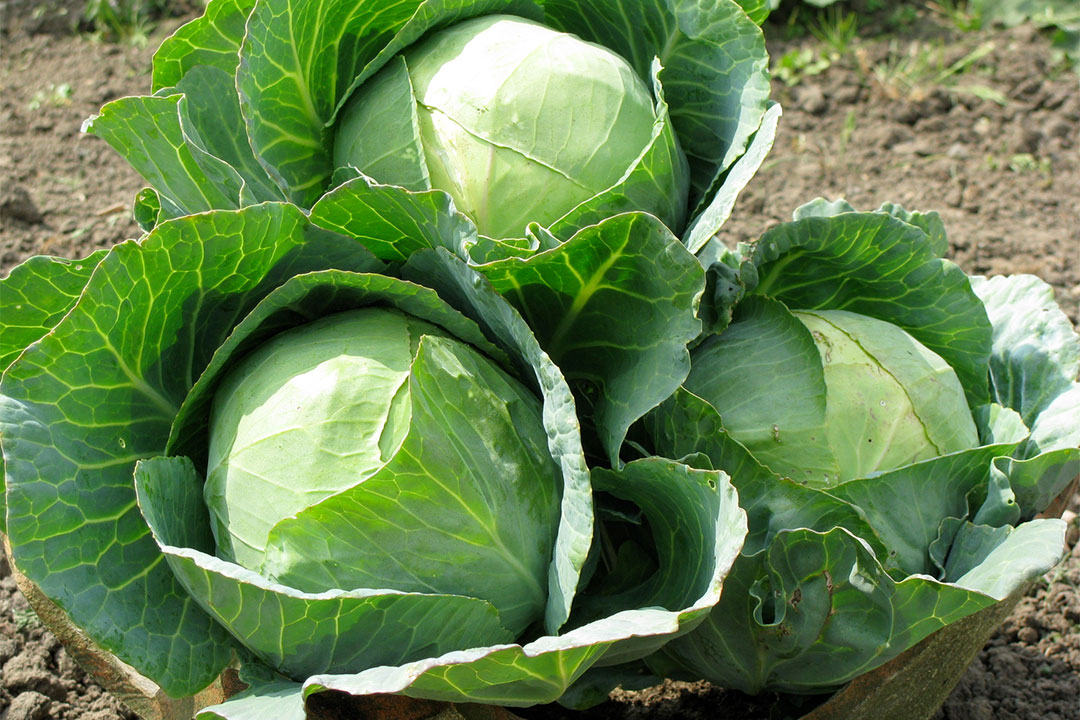
Cabbage farming is a lucrative agricultural venture in Kenya, Tanzania, and Uganda, providing a consistent source of income for farmers. Here’s a detailed step-by-step guide on how to start cabbage farming and maximize your yield:
- Site Selection:
- Choose a well-drained site with fertile soil and access to sunlight.
- Conduct a soil test to determine pH levels and nutrient content.
- Aim for a pH range of 6.0 to 6.8 for optimal cabbage growth.
- Avoid areas prone to flooding and strong winds.
- Land Preparation:
- Clear the land of weeds, rocks, and debris.
- Plough or till the soil to a depth of 20-30 cm.
- Incorporate organic matter, such as well-rotted manure or compost, to improve soil fertility and structure.
- Level the land and create ridges or raised beds to enhance drainage.
- Seed Selection and Planting:
- Choose high-quality cabbage seeds from reputable suppliers.
- Opt for hybrid varieties that are disease-resistant and have high yield potential.
- Sow the seeds in seedbeds or trays filled with well-prepared soil.
- Plant the seeds at a depth of 0.5 to 1 cm and maintain a spacing of 30-45 cm between rows.
- Transplant the seedlings to the main field when they have developed 3-4 true leaves.
- Crop Management:
- Water the cabbage plants regularly, aiming to keep the soil consistently moist but not waterlogged.
- Mulch around the plants to conserve moisture, suppress weeds, and maintain stable soil temperatures.
- Implement a pest and disease management strategy, monitoring the plants for common issues like cabbage worms, aphids, and fungal diseases.
- Apply appropriate organic or chemical insecticides and fungicides as needed, following the recommended dosage and safety guidelines.
- Fertilize the plants regularly with balanced nutrients, adjusting based on soil test recommendations.
- Irrigation:
- Depending on the rainfall patterns in your region, consider implementing an irrigation system to ensure consistent water supply, especially during dry periods.
- Drip irrigation is a recommended method as it delivers water directly to the root zone, minimizing water wastage and reducing the risk of fungal diseases.
- Monitor soil moisture regularly and adjust the irrigation schedule accordingly to maintain optimal soil moisture levels.
- Weed Control:
- Weeds compete with cabbage plants for nutrients, water, and sunlight, reducing their growth and yield. Implement effective weed control measures.
- Use manual weeding, hoeing, or hand pulling to remove weeds around the cabbage plants, especially during the early growth stages.
- Applying mulch around the plants helps to suppress weed growth and conserve soil moisture.
- Consider using pre-emergence herbicides or post-emergence herbicides labeled for cabbage farming, following the instructions and safety precautions.
- Pest and Disease Management:
- Regularly monitor the cabbage plants for common pests such as cabbage worms, aphids, diamondback moths, and cabbage loopers.
- Introduce natural predators and beneficial insects like ladybugs and parasitic wasps to control pest populations.
- Apply insecticides only when pest populations reach economic thresholds and use recommended products following the label instructions.
- Diseases like black rot, clubroot, and downy mildew can affect cabbage plants. Implement preventive measures such as crop rotation, use of disease-free seedlings, and proper sanitation practices.
- Fungicides can be used to manage fungal diseases, but ensure proper identification and follow the recommended application intervals.
- Nutrient Management:
- Conduct regular soil tests to determine nutrient deficiencies and pH levels.
- Apply organic matter like well-rotted manure or compost to improve soil fertility and structure.
- Based on soil test results, apply balanced fertilizers with the appropriate ratio of nitrogen (N), phosphorus (P), and potassium (K) during the different growth stages of the cabbage plants.
- Side-dress nitrogen fertilizer around the plants when they reach the active growth stage.
- Harvesting and Post-Harvest Handling:
- Cabbages are ready for harvest when the heads are firm and have reached their desired size.
- Use a sharp knife to cut the cabbage heads at the base, leaving a few outer leaves intact for protection.
- Handle the harvested cabbages carefully to avoid bruising or damage.
- Sort and grade the cabbages based on size and quality to meet market demands.
- Properly store the cabbages in a cool, well-ventilated area with temperatures around 0-4°C to prolong shelf life.
- Pack the cabbages in suitable packaging materials to protect them during transportation and market display.
Case Studies:
- In Kenya, successful cabbage farmers in the highlands of Kinangop have utilized proper irrigation systems, such as drip irrigation, to ensure consistent water supply and reduce disease incidence. Cabbage farmers in Kajiado County have successfully adopted precision irrigation techniques like soil moisture sensors and weather-based irrigation controllers to optimize water usage and increase crop yield.
- In Tanzania, farmers in Mbeya region have improved their cabbage yields by adopting integrated pest management practices, combining biological control methods with judicious use of pesticides. Farmers in Arusha region have implemented crop rotation strategies, alternating cabbage with leguminous crops like beans or peas, to minimize the occurrence of soilborne diseases such as clubroot.
- In Uganda, farmers in Kabale district have enhanced soil fertility by incorporating organic matter like poultry manure and compost, leading to healthier and more productive cabbage crops. Farmers in Wakiso district have utilized organic fertilizers such as compost made from crop residues and livestock manure to improve soil fertility and reduce reliance on synthetic fertilizers.
Remember, successful cabbage farming requires continuous learning, adaptation to local conditions, and effective management practices. Consulting with agricultural experts, joining farmer groups, and attending training programs can further enhance your knowledge and chances of success in cabbage farming.
Stay updated with the latest farming tips and agriculture industry news from Africa by subscribing to our newsletter. Don’t miss out on valuable insights and updates. Follow us on Twitter, LinkedIn, and Facebook to join our farming community and stay connected with us.



















